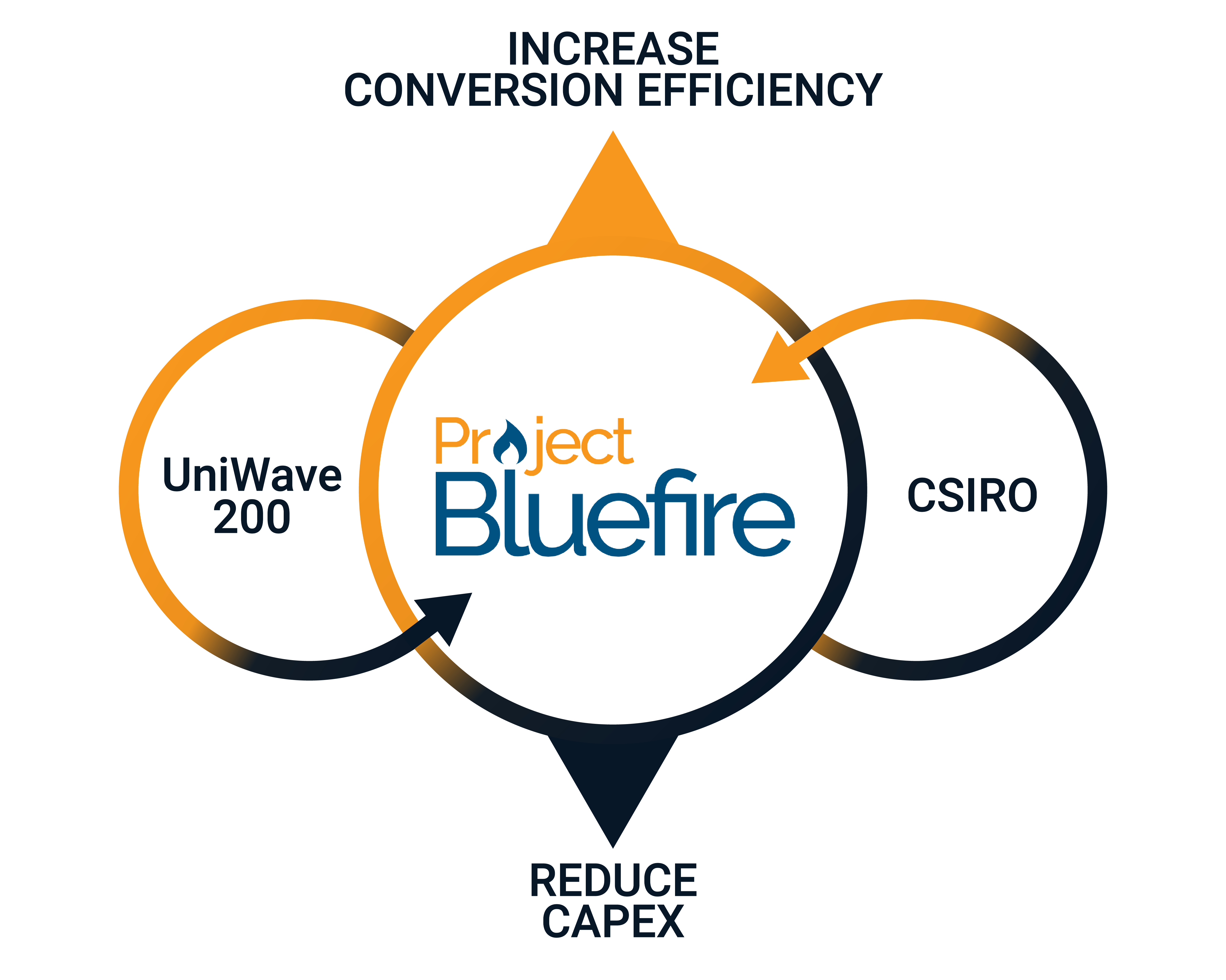The UniWave200 has provided an accurate baseline that can be used to both optimise and validate all aspects of the technology as part of Project Bluefire.
Utilising the significant data captured from UniWave200 has facilitated the development and validation of a software simulation tool called “UniWire”, also part of Project Bluefire. This simulation tool enables each system in the UniWave technology to be dissected and optimised individually, providing feedback as to the overall impact on energy extraction. As systems are upgraded and optimised, detailed cost analyses will also be performed to determine the overall impact on levelised cost of energy (LCOE).

